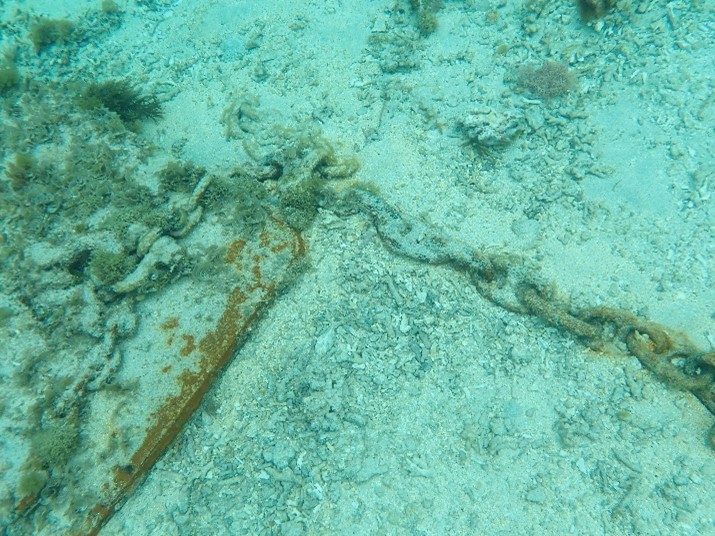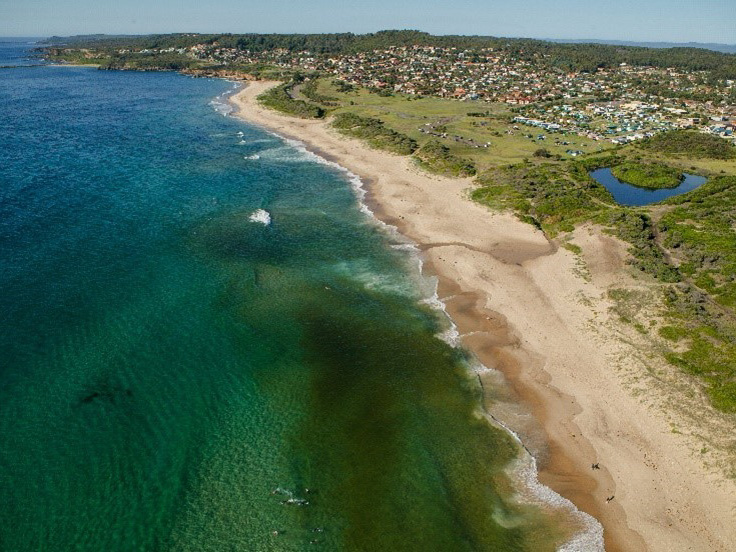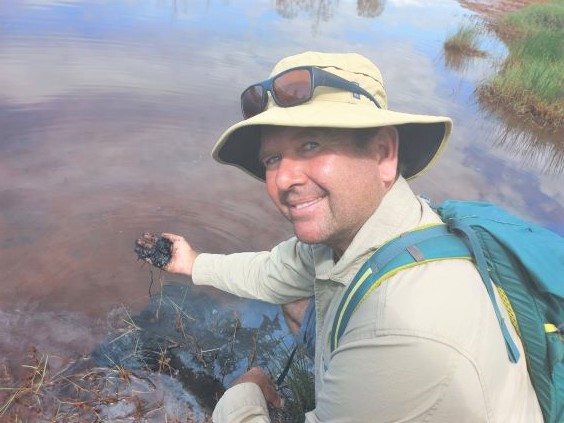Latest news
New research to make boating “moor” seagrass safe
Transport for NSW is heading underwater in an exciting collaboration with the CSIRO to investigate, design and trial different types of environmentally friendly boat moorings to make sure they are safe and dependable, as well as able to protect seagrass and other marine habitats.

Marine estate webinars a hit with Councils
Are you a council employee involved in planning and managing coastal NSW? Do you want more information on improving water quality, managing coastal habitats and preparing for climate change in your area?

Annual reports for 2023 released
The latest progress reports for implementation of the Marine Estate Management Strategy (Strategy) are now available

